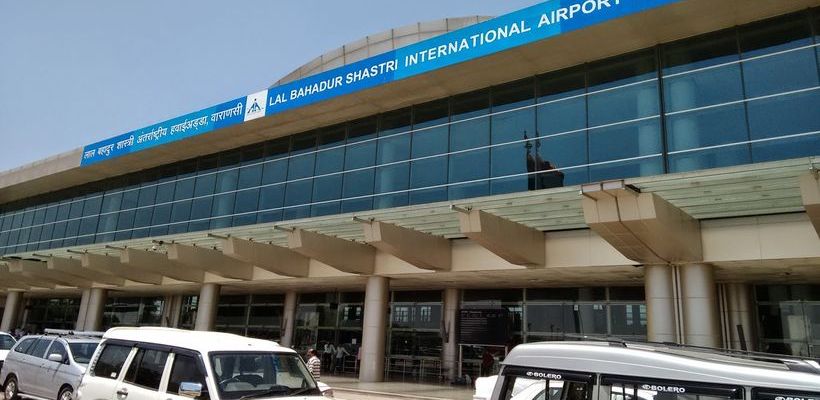Hassle-Free Security Checks Now At Delhi, Mumbai & Hyderabad Airports!
Soon, air passengers will not have to take out laptops and small bottles of liquid for separate security checks.
In a big relief to flyers, India is all set to join the league of countries like the United States, United Kingdom and Netherlands to test new-age handbag scanners.
These scanners are based on a new technology that does not require air passengers to take out items such as laptops and small bottles of liquid at the airport for checking.
Bureau of Civil Aviation Security (BCAS) gave its nod for a pilot project on this 3D-based computed tomography scanner at Mumbai, Delhi and Hyderabad airports.
The Central Industrial Security Force (CISF), had sought BCAS’ approval to do a trial of this machine at the security hold area at Delhi’s Indira Gandhi International Airport and at Mumbai’s Chhatrapati Shivaji Maharaj International Airport.
Once the trials are successfully conducted and the move is approved by BACS, the machine will likely be installed by airports in India.
If implemented on a permanent basis, this project will lend a hand to both passengers and security forces in saving time and ease up the security procedure.
Given the acute airport infrastructure crunch in India, the use of technology to speed up passenger movement is becoming vital.
Another thing that all the major airports across the country are introducing in a phased manner is hi-tech Automatic Tray Retrieval System (ATRS), hand baggage belts at security checks.
The system can scan the boarding cards of flyers when they put their bags in trays for scanning. After they have been frisked, passengers can pick the cleared handbags from the other side.









